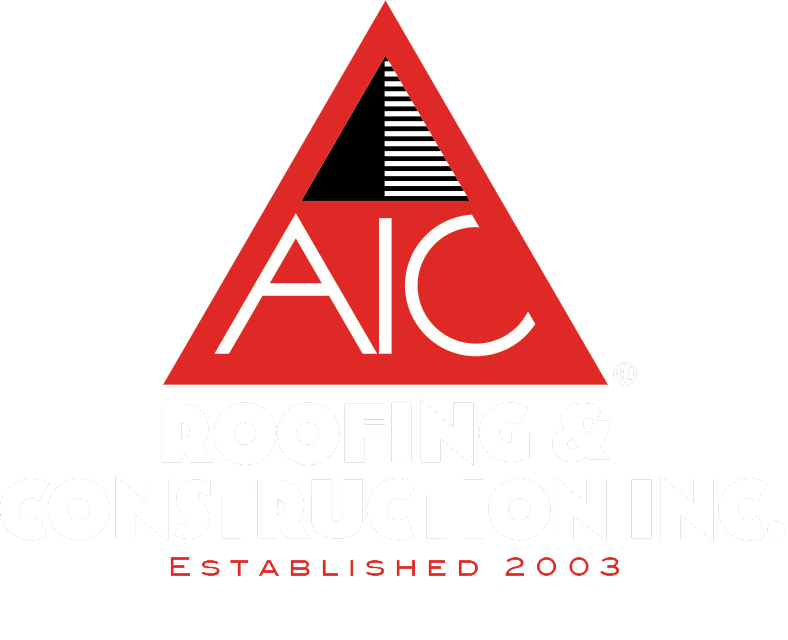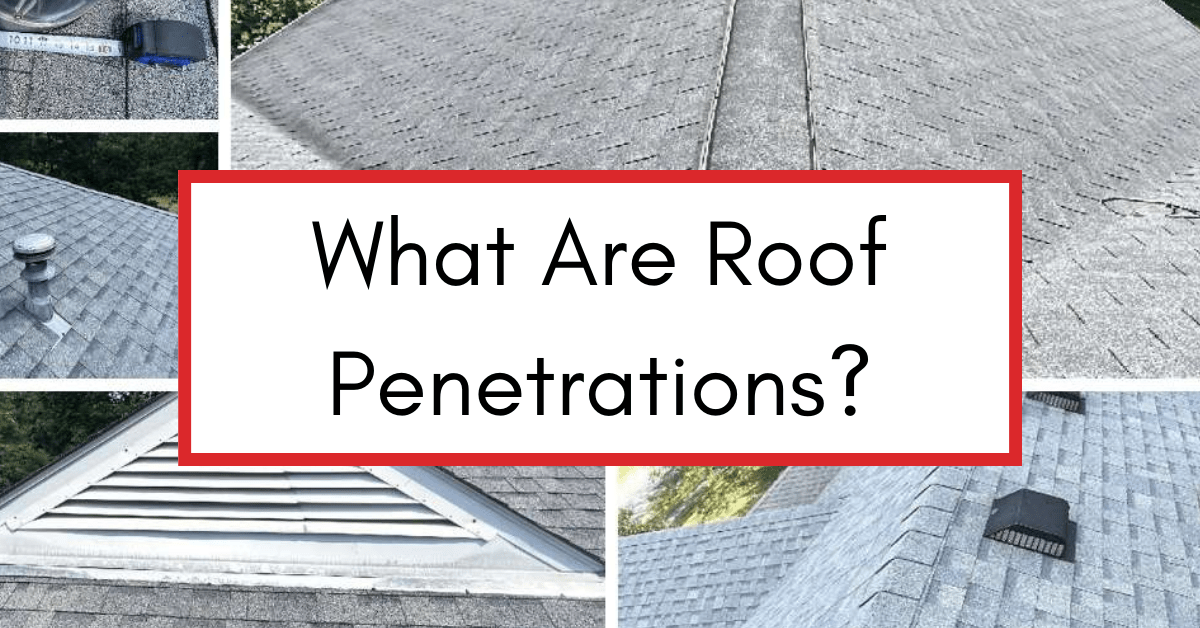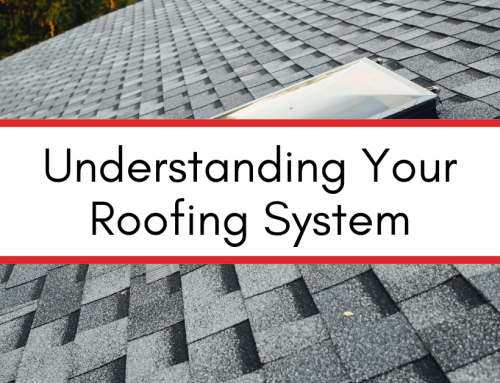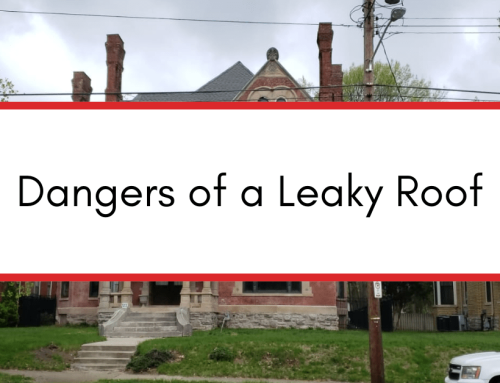If you notice a stain on your ceiling or damaged roof decking, you likely have a roof penetration above it or nearby. Roof penetrations start below and appear above your roof line, including plumbing vents, kitchen vent hood exhausts, chimneys, and skylights. These penetrations must be flashed and appropriately sealed because, if not, they can let water into your home.
Our article covers roof penetration basics to help you understand precisely what they are and how we approach them. By the end of the article we will have covered:
– The purpose of roof penetrations
– How we flash roof penetrations
– Are roof penetrations expensive?
– How to maintain roof penetrations
The purpose of roof penetrations
Roof penetrations serve two primary purposes: to manage airflow and moisture or to allow natural light in.
Vents or pipes remove unwanted air and moisture from inside your home. Plumbing vents, chimneys, and vent hoods all funnel dirty air to the outside. Can you imagine cooking steak inside without a vent hood? That fumes and smoke would fill the house and linger for days. Thankfully, the vent-hood is connected to an exhaust pipe to carry those fumes outside.
Turbines and ridge vents allow the hot air in your attic to escape to regulate the interior temperature.
Dormers are often architectural and often have miniature roofs themselves. The key to a waterproof dormer is sound window flashing, soffit and fascia installation, and flashing.
Skylights and dormers bring natural light into an area where windows and doors along the exterior walls don’t make a big enough impact.
I have yet to meet a roofer who recommends skylights. They are installed directly to the decking and flashed like a traditional window, but they can always cause water penetration problems. Skylights are like boats; it’s a good idea to know someone who has them instead of owning them yourself.
How to flash roof penetrations
Each penetration is different, so we are working on specific content for flashing best practices of chimneys, skylights, vents, attic fans, and pipe jacks. Overall, we adhere to GAF flashing best practices that include:
1. Step flashing is made from non-corroding metal
2. Flashing is covered with appropriate counterflashing. We use ice & water shield across all roof penetrations.
3. Use new flashing at every through-roof penetration during a roof replacement
Roof flashing at any penetration is about a culture of excellence and integrity. When a roofing crew is on your roof deck, can you trust them to flash and seal your penetrations properly? The answer separates the premier roofing companies that make it and those that don’t.
At AIC Roofing, we believe technology helps us do our job better and share information with you, our client. Because of that, we use a software called CompanyCam, which lets our field techs share job-site photos with our entire team. We can trust and verify their work in the field because of the real-time photography of your project.
Are through-roof penetrations expensive?
Like most cost-related questions, the answer to this one is that it depends. To clarify, we will rank the roof penetrations from the most to the least expensive.
- Chimneys – A masonry, wood-burning chimney along an exterior wall is the most expensive type of roof penetration. Depending on the height of your home and material, these can range from $10,000 – $50,000+. We replace decorative copper and stone chimney caps that cost thousands of dollars. However, a gas fireplace with an exhaust vent through the middle of the house is significantly less and requires less complicated flashing.
- Skylights – A Velux skylight from Home Depot ranges from $300 – $1,000 depending on functionality. A fixed skylight costs less than an operable unit or a motorized window with Low-E energy-efficient glass.
- Attic Fans – Like everything else, there are various qualities and materials for roof mount attic fans. These typically cost between $200 – $750 from Home Depot and are used to vent the build-up of hot air from your attic.
- Roof Jacks – Connecting to plumbing or exhaust features in your home, these are the most commonly seen roof penetrations. They can be skinny exposed pipes without a cover made from galvanized steel, led, or PVC, or custom exhaust structures made from copper. Copper roof fixtures aren’t easy to price, but the standard roof jacks from Home Depot range from $30 – $100.
- Ridge Vents – Typically bought in bulk, these exhaust vents that sit atop the ridge of your home can cost as little as $10 per section. The number of sections needed depends on your roof design and attic configuration.
Roof penetration maintenance
Some parts of your roof will last longer than others. We know that is obvious, but we point it out because it’s usually something obvious that causes a roof leak.
It can be as simple as a damaged collar around a pipe boot or an exposed nail head that needs repair to solve your roof leak. To maintain these penetrations, we recommend bi-annual roof checks or after a period of severe storms. During these maintenance checks, you want to look for cracked or damaged rubber fittings around pipes, exposed roof decking, exposed nail heads without sealants, or signs of damage around mounting hardware.
Solar panels, attached pergolas, and other rooftop devices are also problem areas for roof leaks. These are sometimes hard to determine because they are near the edge of the roofline, so you can’t see water damage to the decking. A visual roof inspection is sometimes the only way to check for flashing issues.
In closing
Roof penetrations are essential for air and moisture ventilation. Proper flashing and maintenance of these penetration sites are crucial in ensuring your roof’s longevity. It’s important to regularly inspect these areas to look for issues that could potentially weaken their water-tight seals. Doing so can save you from needing costly repairs or replacements.
We hope this article provided helpful insight into why through-roof penetrations are necessary and why they require upkeep. In addition, we encourage you to take preventative measures for your rooftop by regularly assessing these vulnerable areas.
Please call us or request a free roof inspection if you have any questions.
3-tab attics barns chimney choosing a contractor commercial cost curb appeal DIY estimate financing flashing flat roof GAF glossary gutter replacement gutters gutter size gutter system ice dams inspections insurance missing shingles roof design roofing materials roofing system roof leak roof maintenance roof materials roof repair roof replacement roof shapes roof types shingle ratings shingles siding siding materials siding replacement skylights storm damage underlayment ventilation warranty winter
